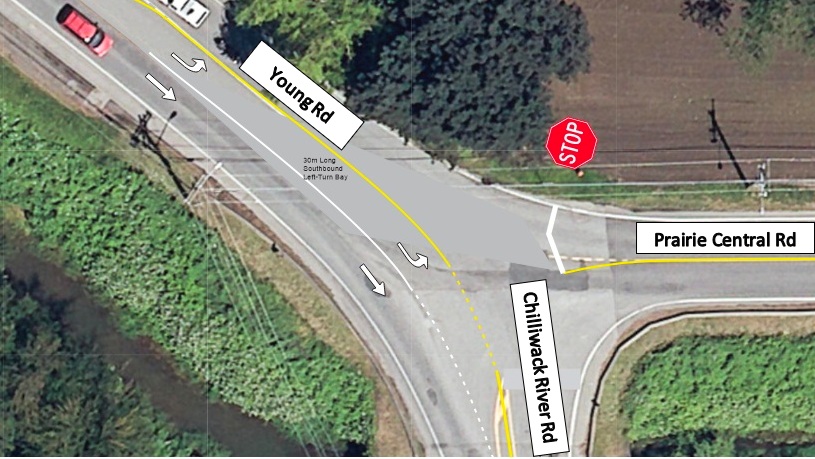Richmond – WorkSafeBC’s Occupational Health and Safety Regulation requires all employers to ensure safe workplaces, including minimizing worker exposure to the risk of avalanches. If an avalanche risk is identified, employers must develop and implement appropriate avalanche safety plans and/or a program.
This time of the year combined with the wet weather increases the obvious risk.
WorkSafeBC expects primary-resource industries with worksites in avalanche terrain to step up their risk awareness and prevention efforts. Employers can work with their local WorkSafeBC prevention officer to determine the appropriate compliance measures. To learn more about avalanche safety for workers and employers, visit worksafebc.com.
Primary-resource industries
Primary-resource industries include oil and gas, forestry, pipeline construction, highway maintenance and mining. Snow stability in avalanche terrain can change rapidly depending on snowpack and weather conditions. Late winter and spring can pose their own challenges, and in some areas avalanche risk can be present all year.
Workers whose jobs take them into British Columbia’s backcountry, including those who are self-employed, are at potential risk of serious injury in an already active avalanche season. Since 1998 in B.C., avalanches have caused three worker deaths and 52 accepted time-loss injury claims, including two injury claims in 2017.
While ski hills and winter lodges have also seen avalanche related injuries, primary-resource industries see the next highest amount.







